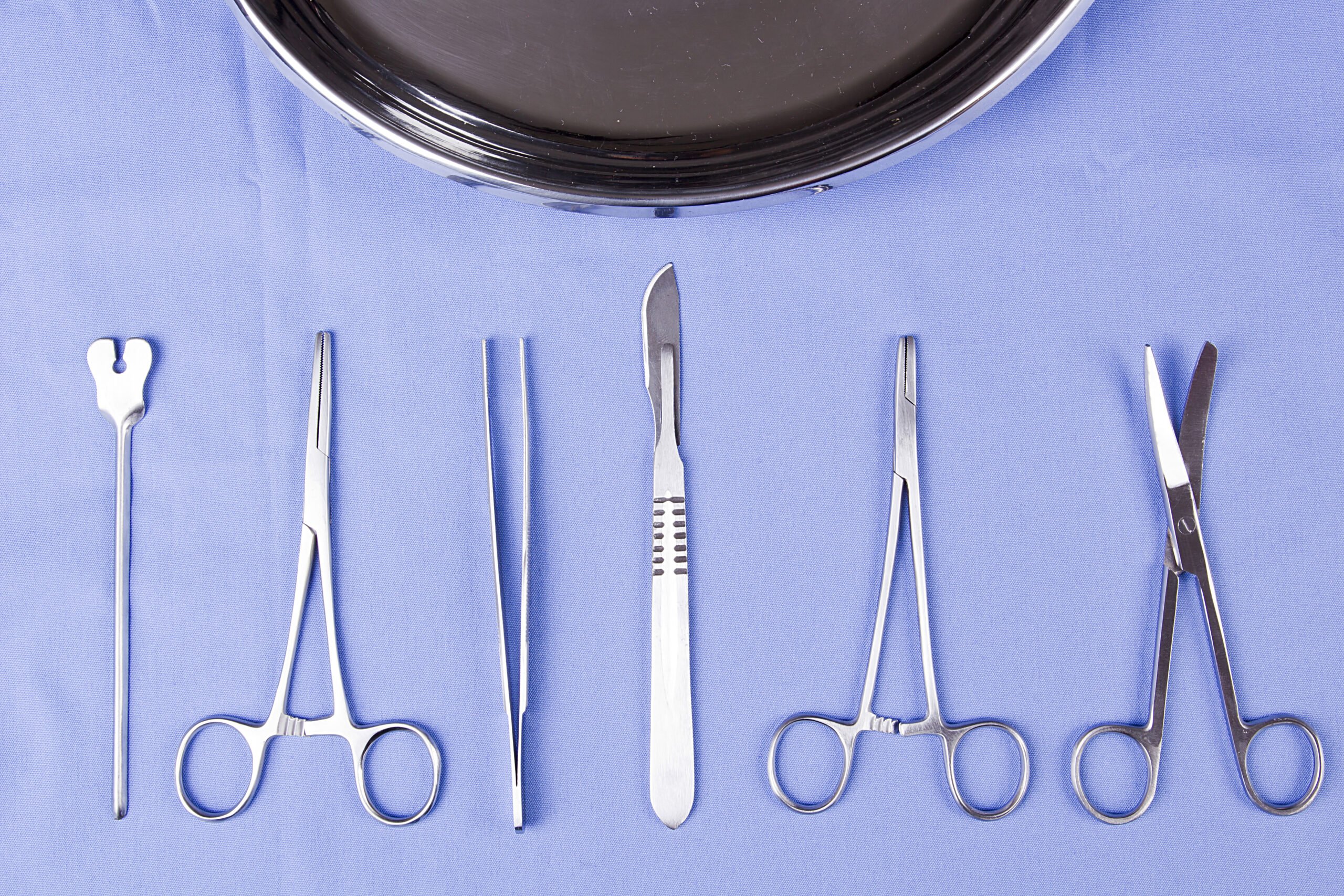While tracking surgical assets at the tray or container level provides clear traceability and visibility of sets, you lack the detailed level of accountability gained when tracking individual instruments. Marked instruments give sterile processing departments the ability to track at the instrument level and integrate that tracking with institutional software. Your workflow efficiency and patient safety will improve, and you have control of the data to generate detailed reports on metrics important to your facility.
With CensiTrac Advanced you get all the benefits of instrument-level tracking, like instrument-specific maintenance, utilization records, location histories, and integrity testing that can help improve your sterile processing department.
CensiMark to track each instrument in your system.
Instrument-level labeling provides complete visibility for the hospital of every instrument used, on which patient and in which case. CensiMark provides the most comprehensive marking options, including laser, biochemical and mechanical marking under one roof. With CensiMark you receive marking services, training, and commissioning of the instruments into your system. Marking each instrument increases ease of use during tray assembly by quickly locating specialized instruments needed for a particular case, or allowable substitutions for instruments not available.
Instruments in need of maintenance or repair pose a serious threat to patient safety. When you mark your instruments, it’s easier for your team to track them down, preventing them from being used before they’ve been properly serviced. Matching maintenance cycles to each instrument, helps you avoid arbitrary schedules that may over-maintenance instruments and run up cost as well. Knowing how many uses an instrument has and the recommended frequency of maintenance protects both the patient and the institution. Marking also makes finding an instrument involved in a recall much quicker. Technicians can quickly find details on the last scanned location of each recalled tray.
CensiTrac Advanced Instrument Tracking paired with Instrument Marking.
The strength of an instrument tracking system when paired with marketing increases efficiency and accountability, most notably when the software alerts technicians when a tray is incomplete or has the wrong instrument added to it. Ensuring that trays are assembled correctly and in the right order avoids delays in the operating room and improves assembly accuracy.
CensiTrac Advanced allows for more detailed customizable reporting so you can answer any question raised about the location or history of any instrument and the staff who handled it. The sterilization and maintenance history of each instrument is tracked, creating an accurate inventory management system that speeds up tray assembly. When a tray is assembled, any instrument due or overdue for maintenance can be flagged.
Tracking down a specific instrument is much easier. You can search for instruments by container, peel pack, or both and by the location the instrument was last scanned. It speeds assembly of customized trays and tells the technician allowable substitution instruments when the one specified is not available. Approved substitutions can be added fluidly during assembly. Leadership has the control to prevent unsuitable substitutions and track substitution use data.
Each instrument tracked should include repair, replacement, and refurbishment costs. That allows comparison across different instruments and strategies to reduce instrument expenditures and prevent failures. Tracking high-value instruments such as Da Vinci arms and their use rate can also prevent underused arms in inventory while keeping enough of each type in supply to keep ORs running smoothly.
Censis is here to serve you.
If this sounds complicated, we are here for you, providing:
On-site marking that fits your schedule: We work when it is convenient for your workflow and when staff is available for instruction.
Service and support for any of our systems: If you are having problems, we can help get you back on track either remotely or in person.
Continuing education and training for new and ongoing personnel: On-demand virtual seminars and in-person education can be tailored to new people in SPD (Sterile Processing Departments) or those identified as needing a refresher course.


